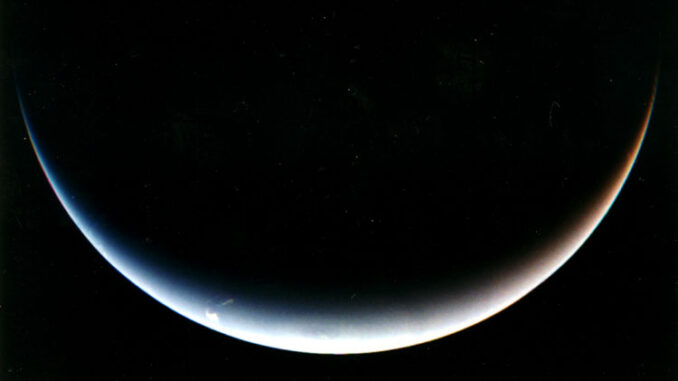
Scientists recently found three new moons orbiting planets in our solar system. A moon is a natural object that orbits a planet. Two of the moons orbit Neptune, and one orbits Uranus. Uranus and Neptune are the farthest planets from Earth. The new moons bring Neptune’s total to 16 and Uranus’s total to 28.
Powerful land-based telescopes located in Hawaii and Chile were used to spot the moons. Scientists studied many photographs taken by the telescopes over multiple nights to find the moons. The new moons were so faint that scientists had to use special processing to reveal them.
All three of the moons are very small. Uranus’s new moon is only five miles across. One of Neptune’s new moons is 8.6 miles wide, while the other is 14 miles wide.
The new moons will eventually be named following the traditions for the two planets’ other moons. Neptune’s moons will be named after sea gods in Greek mythology, while Uranus’s moon will be named after a Shakesperean character.
One of Neptune’s newly-discovered moons takes 27 years to complete one orbit around the planet. An orbit is the path of an object around another object. This is the longest orbit known for any moon. For comparison, it takes Earth’s Moon 27 days to make a trip around Earth.
Scientists say that the search is not over. They think that that there are more small moons that are yet to be discovered.
What Do You Think? Do you think there are objects in our solar system that we have not yet discovered? Why or why not?
Photo Credit: NASA/JPL



